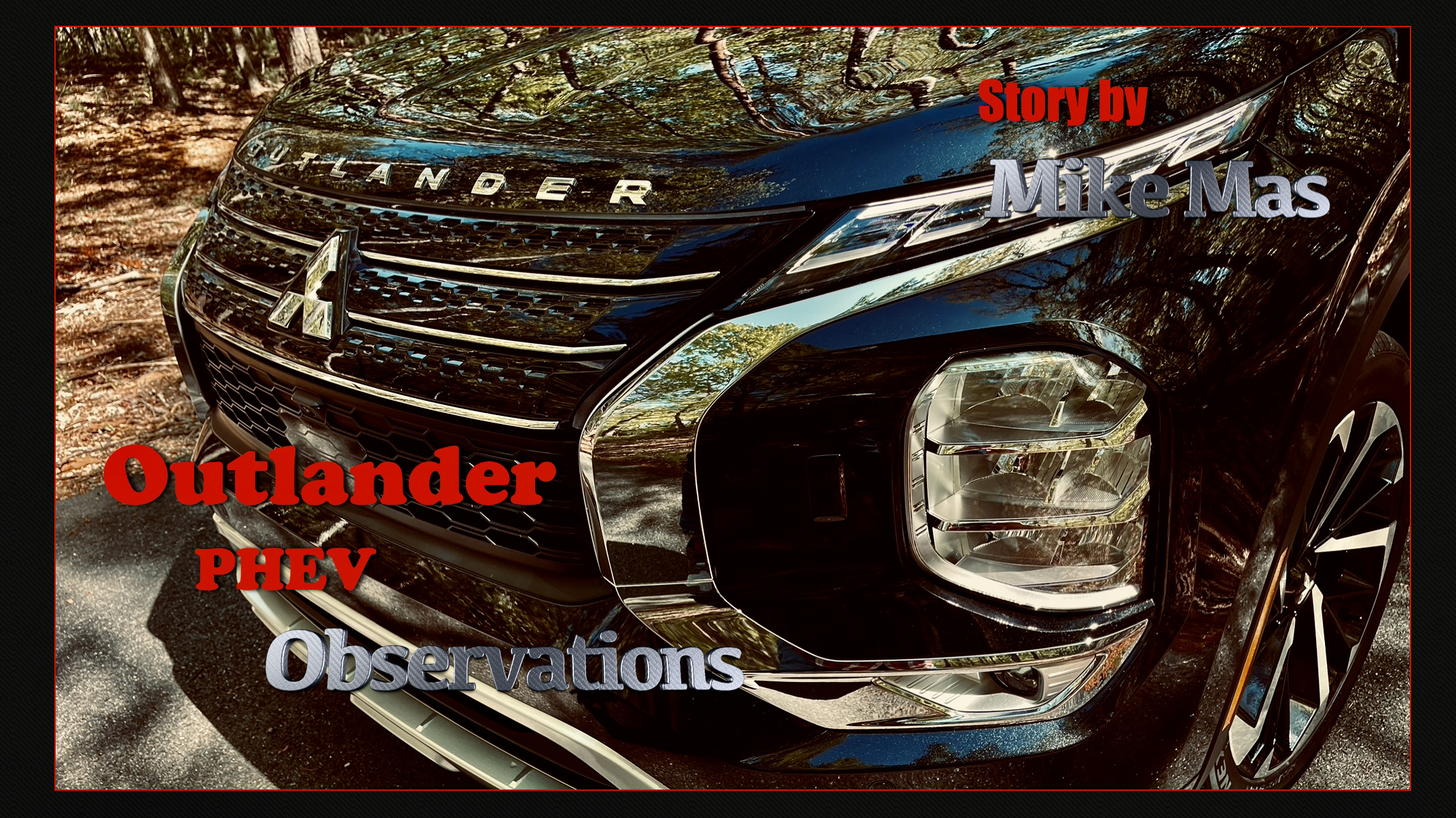While I touched base on cold weather driving in my article, I've witnessed lately anytime outside temperatures are in the 20's, the engine self-starts to protect the traction battery. At higher temps above 32F, I generally have to turn on the defroster to start the engine.
Don't forget to select "Keep or Hold" mode in freezing weather so it starts the gas engine. This saves your traction battery from high discharge and possible Plating which causes permanent damage to the cells. This allows the engine to provide most of the power needed to drive the car protecting the battery from high discharge and damage.
Ride - Safe - Mike
Ha, to start the gas engine intentionally... most people struggle to keep the engine off in mid 40F even.
BTW I am disabling the engine on short trips during the winter, third year already and my battery health is better than similar vehicles. (84% 2018 60k)































